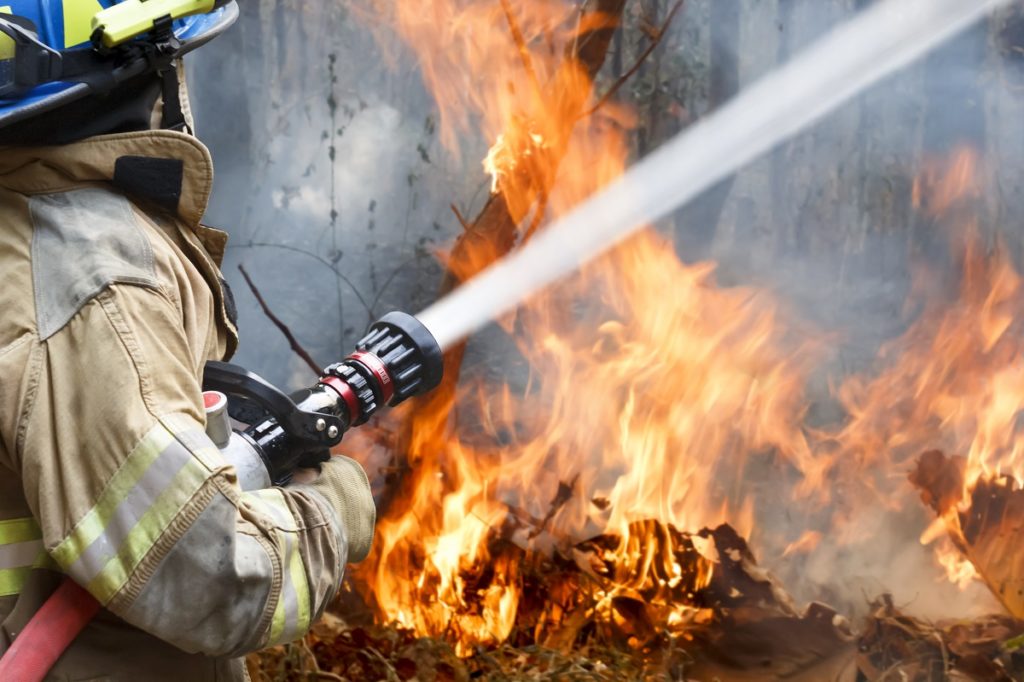For most people, firefighting means large fire trucks and protective gear for firefighters. While these are essential components of firefighting systems, buying one for your locality or industry takes more than this basic knowledge. Firefighting systems are designed for the protection of human life and property in that order. To ensure this is what your system delivers, it is vital to make the right choice of its components.
The fire fighting trailer unit is one of the essential components of the system. These are mobile units made of polypropylene, steel, or aluminum in varying sizes based on your pump specifications and tank size. The units are fitted onto a mobile truck. Firefighting trailers are ideal for forests, rural properties, vineyards, and mining sites where flexibility is essential. Other than the trailer unit, here are the other components of your firefighting system.

Storage Tank
The fire storage tank capacity of your fire fighting system will depend on the hazard level you are facing. Most building codes will fall under one of three hazards, including light, ordinary, and high hazards. Light hazards generally apply to offices, residential buildings, and schools while warehouses and factories pose an ordinary hazard rating.
Stores with flammable materials such as paint and firework factories, aircraft hangars, and foam factories are high hazard places. Buildings with light hazard ratings, for instance, will need storage tanks to supply water for one hour while those with a high hazard need a 3–4-hour tank capacity. The storage tanks in this instance are concrete underground tanks that should always remain full and have unhindered water flow to respond to a fire.
Fire Pumping Systems
Pumps are generally housed in pump rooms close to the tanks just below the water tanks’ level. This way, water in your storage tank will flow to the pump via gravity. Fire pumping systems include a main electric pump and a diesel-powered backup pump. The systems are controlled using pressure sensors.
When the hydrant is opened, and sprinklers come on, water will gush out of the tanks owing to a drop in pressure detected by the sensors. The capacity of your fire pumping systems depends on the layout and type of your building and the number of sprinklers and the hydrants.
The Distribution System
These comprise galvanized steel or steel pipes that can be welded for secure joints or attached using clamps. If installed underground, the distribution system has a coating for the prevention of corrosion. Automatic wet distribution systems are water-filled while dry distribution systems contain pressurized air.

Hydrant or Standpipe
This is a vertical pipe made of steel with an outlet near the position where your fire hoses are stored. Firefighters will break the hoses open in case of fire then attach them to the outlet before manually opening it to let water rush from its nozzles. This opening is what will cause a pressure drop that triggers the pumping system to increase the water’s flow rate.
A fire will be among the most devastating issues you might deal with. The popular fire fighting trailer and engine are only part of your fire fighting system. Considering the right choices under expert guidance for the above components as well is essential for an efficient fire fighting system.
